The PBS Aerospace division acquired a DeltiQ L 3D printer. 3D printing is suitable for example in the production of various mock-ups but also prototype parts for use in the moulding of investment castings. Thanks to 3D printing, it is possible to achieve a significant process acceleration and reduce the price of development of new parts.
Using 3D printing in PBS: Models, acceleration of development, casting models, jigs
Primarily, within the 3D printing development project, we are testing the technology of 3D printing for both plastic and metal materials for Aerospace division. Internal plastics printing then helps to develop our experience with 3D printing and learn its benefits and limitations. It also allows us to uncover some previously unsuspected applications of this technology. Plastic prints can be used in the production of various models to accelerate the development unless it is necessary to produce the prototype directly from metal. A model may detect some of the pitfalls of the design. Another variant considered was the printing of various jigs. The advantage is the quick delivery of the jig (several days instead of weeks for a classic jig) which can be economically advantageous and ergonomically adapted to the purpose. Last but not least, the possibility of printing prototype parts for moulding using investment castings was also considered. This can result in a significant acceleration and reduction of the cost of developing new parts, possibly also bringing down the cost of small series.
As a material for printing, we use PLA, ABS, ASG, PETG, CPE or PolyCast.
What we produced
We are currently working on the development of a serial piece of a coil carcass (for APU ignition and TJ engines).
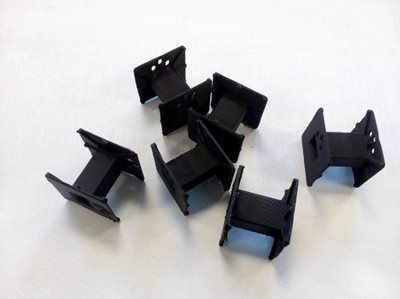
We found also use for packing special cryogenic pads (ASA material).
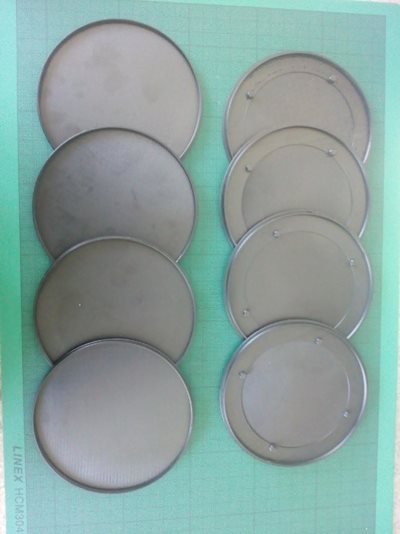
Another possible application is the converter box for turbojet engines.
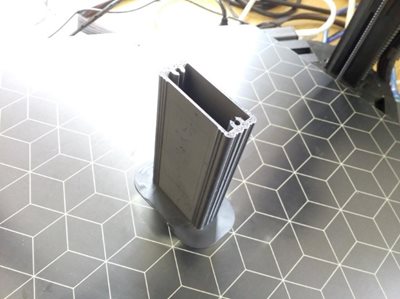
In the field of jigs, we produced a jig for NT parts brazing for cryogenics (ASA material). This jig should add ergonomics and may also bring some time savings during this work.
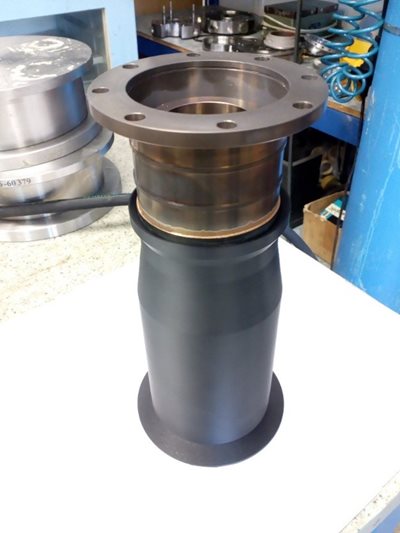
We also produced a pressure gauge wheel (PETG material) which will make it easier to work on test equipment.
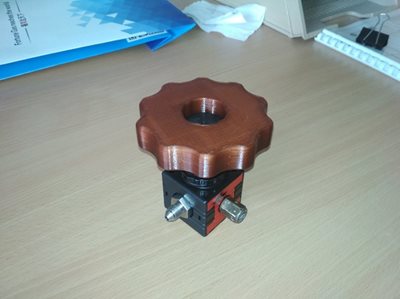
For the purpose of testing new engines at the testing laboratory, we produced a channel insert (ASA material) for the axial pre-stage which allows modification of the testing equipment without the need to manufacture a new metal part in a difficult and costly way.
We are currently working on a prototype model for moulding with investment castings (PolyCast material). If the technology proves successful, savings of thousands of crowns per piece can be expected along with accelerated component development.
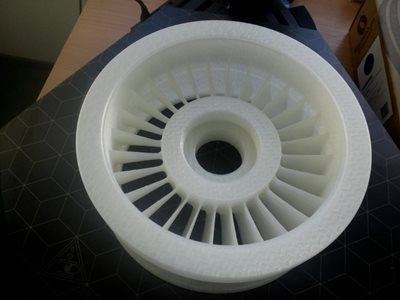 Mock-ups (swinging suction for APU)
Mock-ups (swinging suction for APU)
As part of the development of a modified version of APU for greater inclination, we produced an oil suction mock-up. The mock-up helped determine the minimum size of the APU oil tank mounting hole.
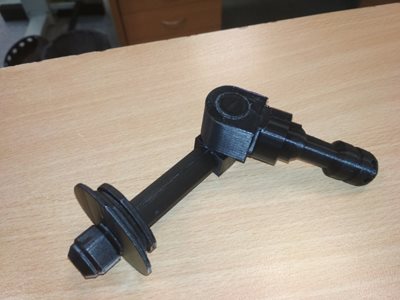
External co-operation with companies disposing of wide 3D metal printing capabilities
In parallel with the internal printing of plastics, we also follow developments in the field of 3D metal printing and we co-operate with companies and universities that have been involved in 3D metal printing for a long time.
We know from our own experience and visited seminars that 3D printing of metal, despite its cost, brings a significant reduction in the supply of prototypes (from months to weeks to days). It is also possible with this technology to produce parts that are not conventionally manufactured parts which can reduce the cost of manufacturing processes when properly applied.
Examples of 3D metal printing benefits:
- prototype production of TJ turbine engine: production by 3D printing (2-3 weeks), conventional prototype production by casting (several months),
- production of a non-original spare part of the production machine: delivery of the original part (3-4 months), reverse engineering and 3D printing of the part which replaced its function (1-2 weeks) while waiting for the original part
- production of cooled plastic injection moulding: conventionally not manufacturable, shortening of the injection cycle of the machine.